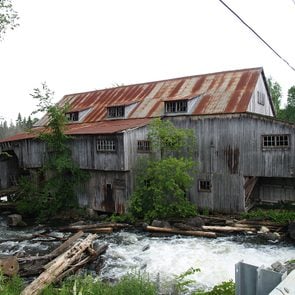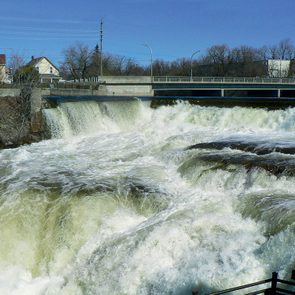Grandpa’s Tour of St. Marys, Ontario
Grandpa Millson’s family tour of St. Marys leaves no room for doubt: there really is no place like home!
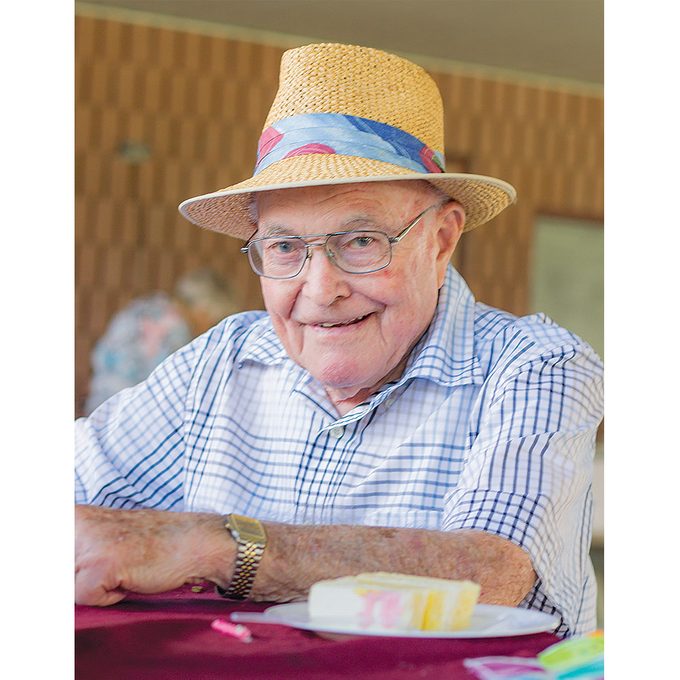
There are many memories I have of my grandfather, Glen Millson—playing Find the Thimble, flying kites with him, and treasuring the things he made for me out of wood, ranging from a kiddie stool when I was small to a rocking chair when I was grown. But the one thing that stands out for everyone is something we call the Glen Millson Tour.
Grandpa loves his town of St. Marys, Ontario. He had been a general contractor, building many houses in his growing community, including the one he and Grandma raised their four kids in. He was also a shareholder in several businesses, including a farm. But he especially loves the history of the town and has volunteered his time to preserving it. The sites and locales he worked to create preserve over time became important stops on his tour route.
On every visit, Grandpa would eventually load us all up in the car and take us around town. As a kid I didn’t overly enjoy the tour, especially since it mostly consisted of seeing the newly developed areas that Mom wanted to check out. But I was also the youngest of ten grandchildren, and by
the time I came along the tour was fizzling out. It wasn’t until I brought my soon-to-be husband Keith to town to meet my grandparents that I got the full tour as an adult. And with so many new members joining the family, I have participated in the tour many times.
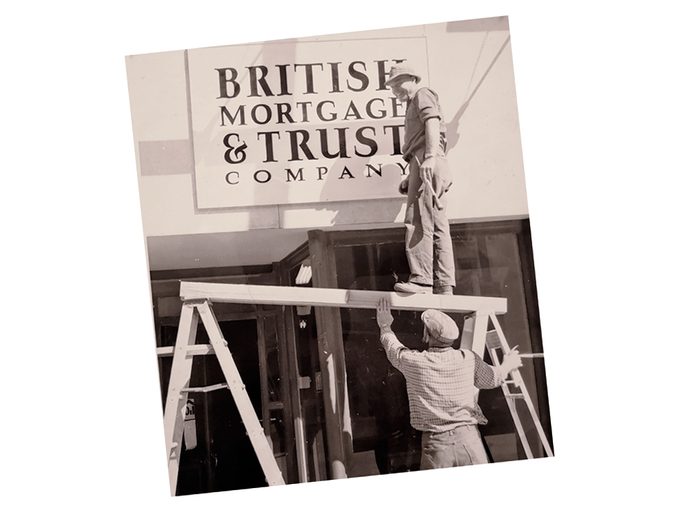
First we would drive by the building that was once Grandpa’s carpentry shop, situated down the street from their house. When I was little, I would put my doll in an old baby buggy and walk down to the shop to bring Grandpa home for supper.
We would next drive up Elizabeth Street to see the house Grandpa and Grandma shared for over 50 years of marriage. We’d continue down the street where Grandpa would point out houses he built until we arrived at Jones Street East. Here, we would see the four Carter Houses. The first was built in 1869 by George Carter. As each of his children married, he would construct them a house. Harriet was the first in 1875 and was right across the street. Charlotte’s was my favourite at the end of the street, built in 1881; I called it the Halloween House due to its orange facade and black-tiled roof. The fourth was around the corner on Peel Street, built for James in 1883 and called the Clydesdale House. Even as a kid, I always liked seeing these homes.
We would pass by the United Church that Grandpa had assisted in preserving, and where Mom, as well as her sisters, had been married. Great-Grandma Harding’s house would be pointed out over on Park Street, but the exterior had changed since the days of her residency, so we would have to drive by a house on Widder Street East that had the same “gingerbread style” like hers once did, so we grandkids would know what it had once looked like.
Next, we would go down to the quarry to park and stroll along the Riverview Walkway. There are several quarries here, but an underground river was struck in one, which caused them all to fill up. The main one was turned into a public pool that my brother and I favoured as kids.
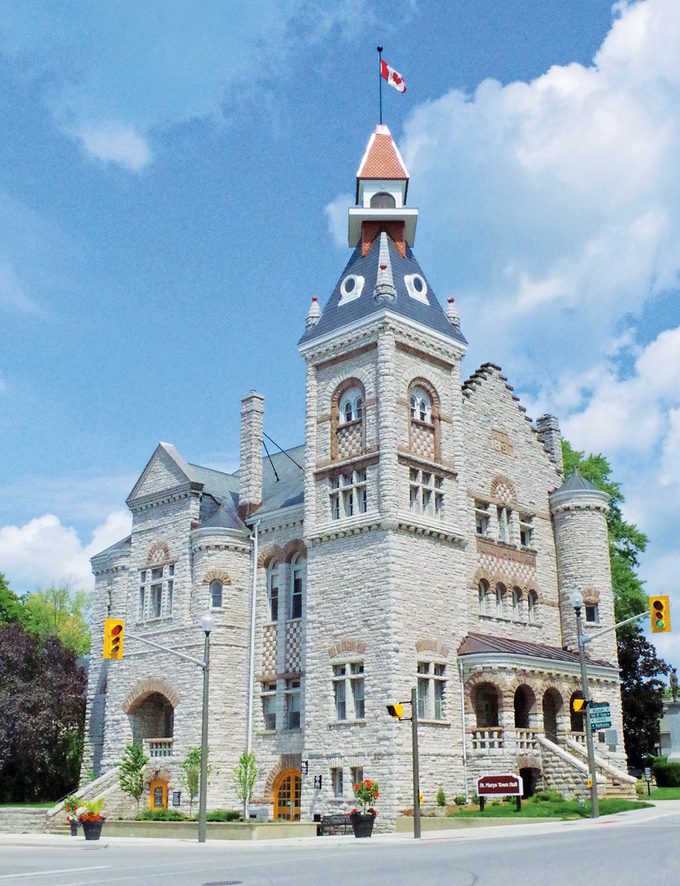
The trail would take us past the other quarries to the Thames River and up to Main Street. This is where the town’s title of “Stonetown” is really showcased. From the opera house to the castle-esque city hall, the industry that brought settlers to the area can be seen in the limestone buildings that fill the downtown. It is no wonder the producers of Murdoch Mysteries have used this area as an occasional set.
In the earlier days of the tour, we would refresh ourselves with a drink from the fountain before turning back. As the years passed, the walk became too long for Grandpa. He would drop us off for the walk and meet us on the other side of Main Street at the Flats.
The Flats was the name of the park beside the river where festivals were held in the summer, such as the Antique Car Show where Uncle Lee would showcase his prized cars. In winter, the area was set up as a winter wonderland with light displays and sleigh rides at Christmas.
Back in the car again, we’d continue on the other side of the Thames River, heading up the hill to Grandpa’s house where he was born and raised. It was also the site of his first carpentry project: building an addition on the back of the house for his mother.
A stop at Junction Station was always guaranteed. Grandpa had worked to restore this piece of town history, the connection to the Grand Trunk Railway that allowed the industries in and around St. Marys to boom in the 1800s.
The last location on the tour is the jewel: Millson Crescent. Named for Grandpa in honour of all his volunteer work for the town he loves—from his restoration projects to the birdhouses he built for the community. We all proudly show-off this street sign to new members of the family.
Every year we have a gathering in St. Marys. Sometimes only the more local family members can make it, other times, the full clan arrives on a late August or early September weekend to celebrate my grandparents’ anniversary and birthdays (both in their 90s, married 69 years). Each time, we take the Glen Millson tour in multiple cars with a long-standing tour guide giving commentary.
Next, check out the incredible attractions in Ontario’s stunning Grey Bruce region.
